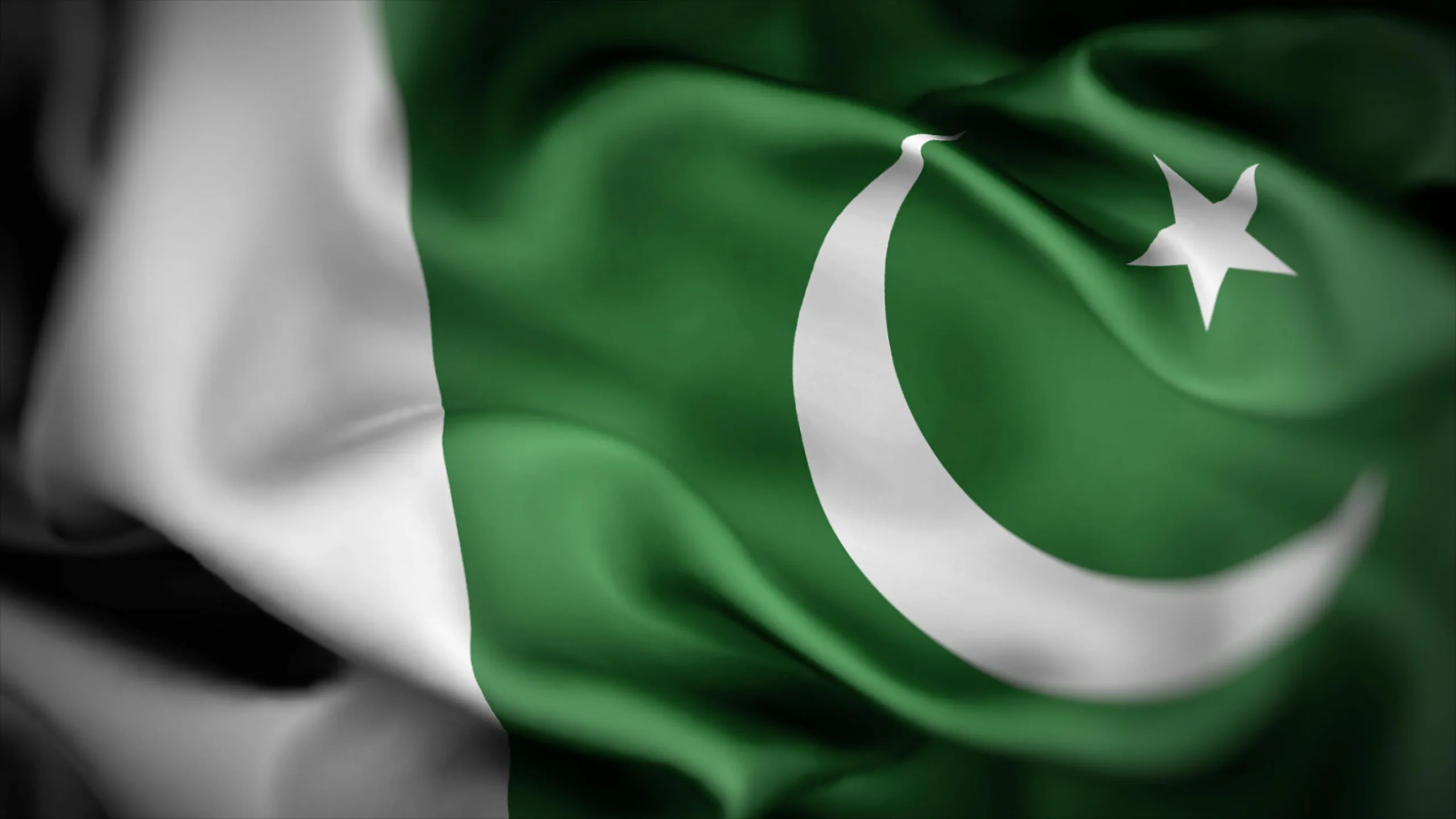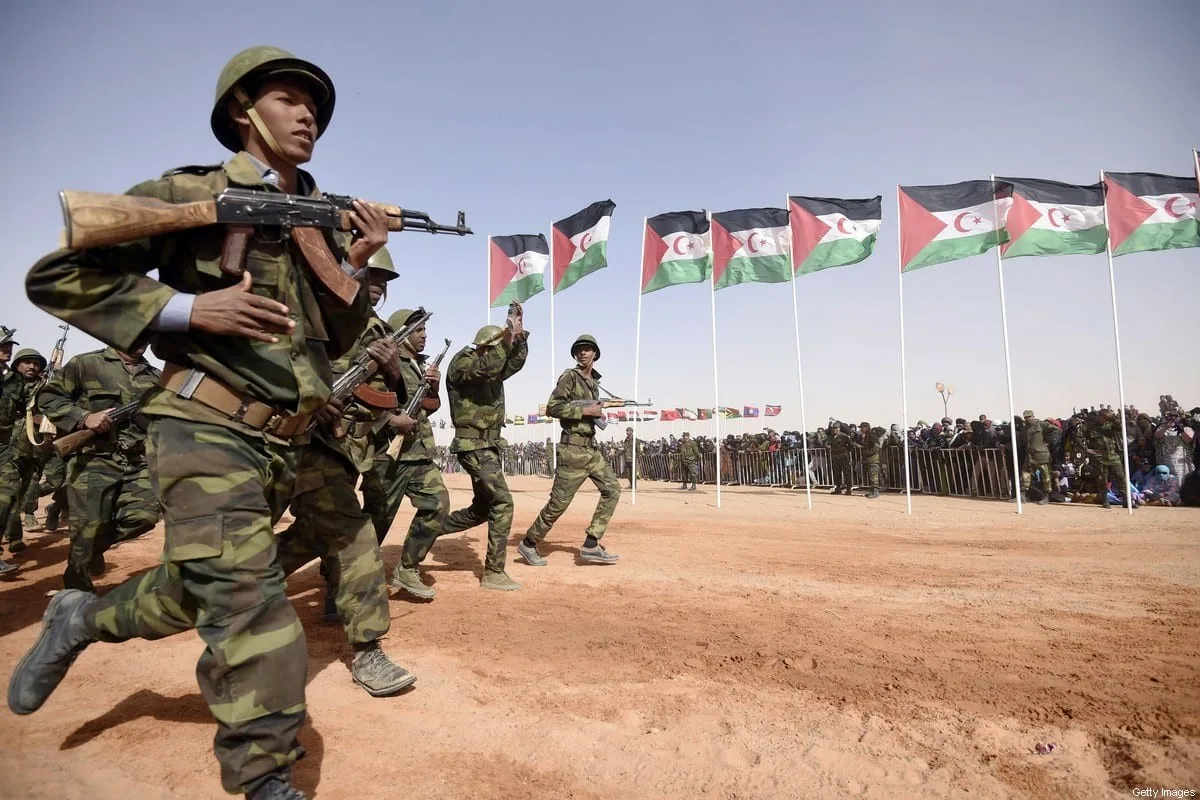
Pakistan today is economically bankrupt but, ironically, rich in terror. IMF bailouts sustain its formal economy, while informal networks continue to thrive in the black market of global jihad.
Is there any fundamental distinction between the Mullah, the Military, and the Terrorist in Pakistan anymore? The answer is unsettling yet an undeniable “no”. These are not competing power centres but simply three faces of the same deep state hydra. This may appear a hyperbole, but the unfortunate geopolitical reality that the world has been witnessing over decades validates the musings of a terrorist state. Pakistan has become a well-oiled terror factory, with its military-industrial complex manufacturing not only weapons but terrorists. As former External Affairs Minister Sushma Swaraj famously stated at the United Nations General Assembly (UNGA) in 2017: “India has created IITs, IIMs; Pakistan has created terror camps.” India’s later statement in the UNGA captures this further—Pakistan is “Terroristan,” a nation dressed with fanaticism and held together by the ideology of jihad. So, let’s take a hard look at who funds this terror economy and who legitimizes it? Most importantly, who bears its real cost?
A BLOOD ECONOMY
Pakistan today is economically bankrupt but ironically rich in terror. IMF bailouts sustain its formal economy, while informal networks continue to thrive in the black market of global jihad. Is the IMF aware that its dollars may be feeding not just mouths but mayhem within Pakistan and across the border into India? Is the international community too naïve or too complicit to trace the money trail? Much of the blood money that fuels terrorism is laundered through the veneer of charitable fronts, Islamic seminaries, and so-called international NGOs that function as recruitment centres and dry-cleaning outfits. This is not speculation but a well-documented fact. The Financial Action Task Force (FATF), despite its measured words, placed Pakistan on the grey list for its failure to curb terror financing for years. Even when it was temporarily removed, the structural issues remained unaddressed.
What’s worse, countries like Turkey, with their neo-Ottoman ambitions, have become enablers of this state-sponsored jihadism. President Erdogan’s vocal defence of Pakistan at international forums, including his problematic statements equating Kashmir with Palestine, goes beyond diplomacy. Rather, it is tacit approval. Ankara is not just legitimizing Islamabad but also abetting its terror proxies by aligning itself with Pakistan’s Islamist narrative. So here lies the paradox: a country that struggles to pay for wheat or oil (even tea), somehow finds the money to fund outfits like Jaish-e-Mohammed (JeM) and Lashkar-e-Taiba (LeT). Where does this money come from? From shadowy benefactors or from narco-terrorism? From state subsidies cleverly disguised as “compensation”? No wonder that one comes across news such as the Pakistan government allocating 14 crore (around US$1 million) of rupees to known terrorist Masood Azhar’s JeM front under the guise of madrasa support. Is this what Pakistan calls governance, which IMF bailouts are supposed to be helping?
A SYMBIOTIC RELATIONSHIP
The military and terror groups in Pakistan are not adversaries but allies performing a dangerous dance of death. Take, for example, the aftermath of India’s airstrikes against terror outfits in Pakistan. The target was not a rogue hideout in some remote valley or an obscure mountain range. It was a sophisticated training camp operated by JeM, with satellite phones, dormitories, classrooms, and even a parade ground. That is not a terror cell. That is an academy of terrorism. Lest we forget, or the world forgets, where exactly did the US find Al-Qaeda chief Osama bin Laden? In caves in Tora Bora? Or was it in uptown Abbottabad, hardly 2 km from the Pakistan Military Academy? When a Pakistani soldier falls, he may get a funeral. But when a terrorist dies, he will most definitely get a state-sponsored funeral and compensation. The state has intentionally blurred the lines between a soldier and a suicide bomber. This is statecraft becoming sinister machinery. Today’s Pakistan Army is not a shield against terrorism but is a tool sharpening it.
BOOMERANG EFFECT
Much like fire, terrorism does not stay confined to its designated boundaries. Instead, it burns the hand that lights it too. The illusion that jihad can be contained to Kashmir or Afghanistan has long crumbled. The Pakistani state is now grappling with its own Frankenstein monster. In recent years, major terrorist attacks have rocked cities across Pakistan. The 2014 Peshawar school massacre, where terrorists killed over 144 people, most of them children, was a national trauma. The 2016 Lahore Easter bombing, the 2021 Quetta Serena Hotel blast, the 2024 Kurram attack, and the repeated targeting of Shia processions and Hazara communities are all painful reminders that terrorism does not distinguish between enemy and kin.
This is poetic justice, albeit tragic. The very infrastructure of hate that Pakistan built to bleed India and manipulate Afghanistan has turned inward. Innocent civilians now pay the price for decades of delusion. Every bomb that goes off in Quetta, Karachi or Peshawar is a loud and clear indictment of the policy of terrorism that, for decades, the Pakistani state has sponsored with joy. Meanwhile, the youths of Pakistan, the same generation that was promised “Naya Pakistan,” are now waking up to this betrayal. They do not want jihad and sermons on martyrdom but schools and jobs for a comfortable life that they now see their neighbours enjoying. They require a passport to progress, not a one-way ticket to paradise for a distorted and a false cause.
CALL PAKISTAN’S BLUFF
Yet, an infuriating question remains—how long will the world pretend this to be an internal matter? How many more civilians have to die in India, Afghanistan, and even Pakistan before the global community stops funding, arming, or excusing this terror state that thrives on terror? Enough is enough. Pakistan’s playbook is clear: sponsor terrorism, cry victim, and demand aid. Its claims of being a victim of terrorism are pitiful. You cannot harbour snakes in the house and then complain about being bitten. In such a sense, the real tragedy is not just that Pakistan sponsors terrorism but that global powers, through wilful blindness or strategic connivance, have enabled Pakistan to do so.
International actors, including the UN, the IMF and other major powers supporting Pakistan, should wake up and smell the coffee that Pakistan’s agenda is terrorism, about terrorism, and for terrorism. Before it’s too late, they must all act. The IMF must ask very hard questions before releasing any more funds. The OIC must introspect whether it wants to be a forum for Islamic cooperation or for Islamic radicalization. Various Middle Eastern powers that dream of modernity, like Saudi Arabia and the UAE, should make a choice: either stand with progress or with terroristan. For India it is the China-Turkey alliance with Pakistan to contain us. Terror is no longer of an instrument of foreign policy but a framework of governance with an ideology of religious exclusivism in Pakistan.
* Prof Santishree Dhulipudi Pandit is the Vice Chancellor of JNU.



